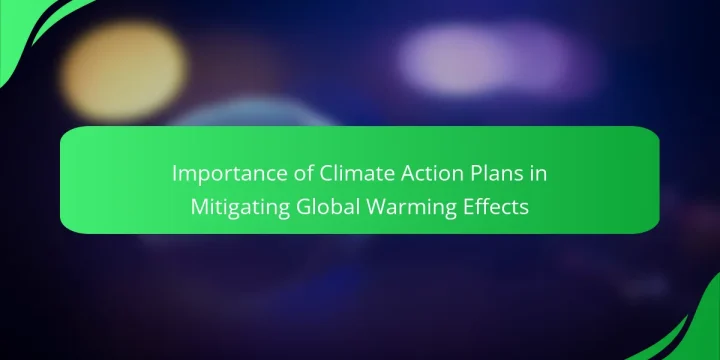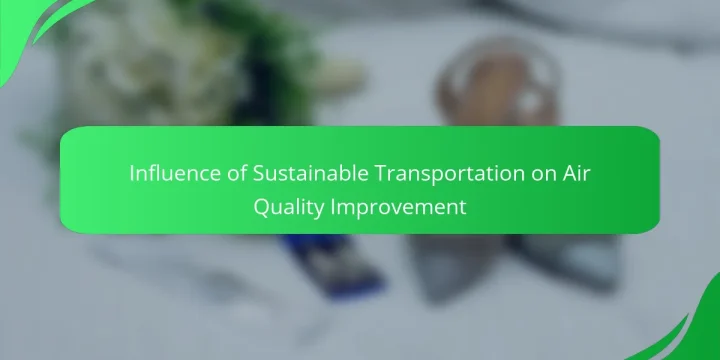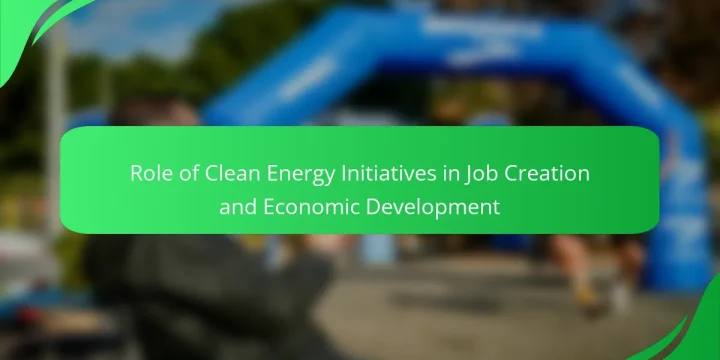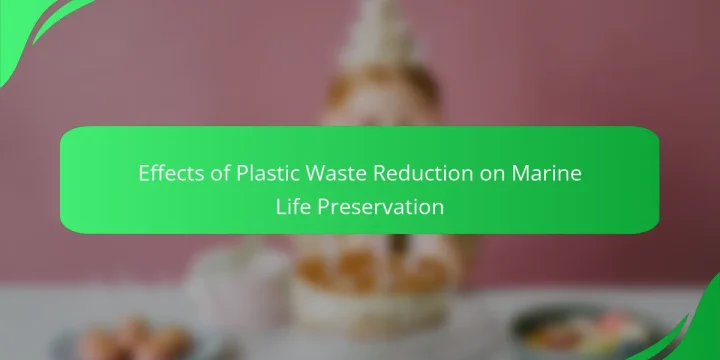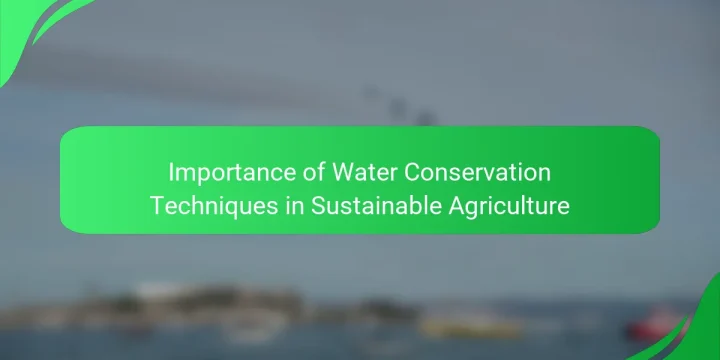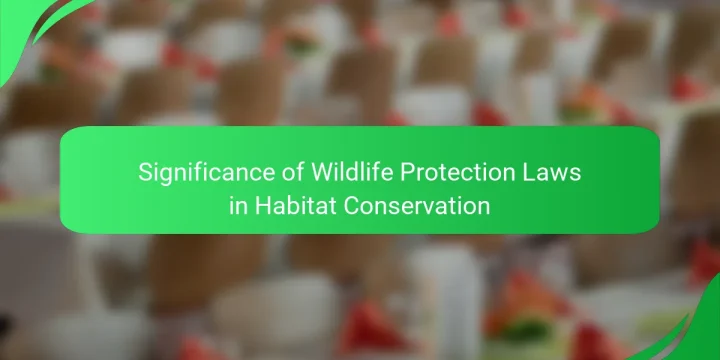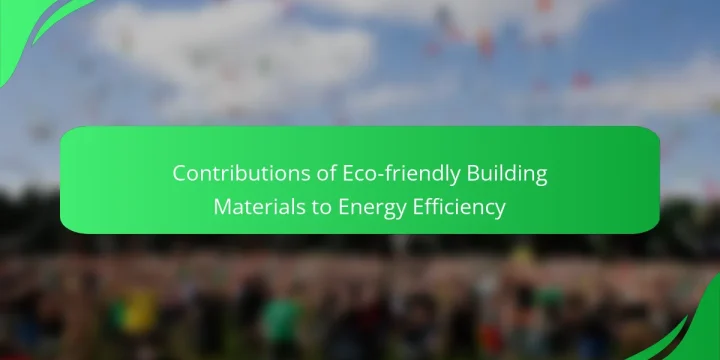
Eco-friendly building materials are sustainable options designed to minimize environmental impact while enhancing energy efficiency in construction. These materials, which include bamboo, reclaimed wood, recycled metal, and straw bales, are sourced from renewable resources or recycled content and are often non-toxic. The use of eco-friendly materials can significantly reduce energy consumption during both production and use, resulting in energy savings of up to 30%. Incorporating these materials into building design and construction processes not only lowers carbon footprints but also improves indoor air quality, promoting sustainable building practices within the industry. What are Eco-friendly Building Materials? Eco-friendly building materials are sustainable materials that minimize environmental impact. They include products made from renewable resources, recycled content, or materials that are non-toxic. Examples are bamboo, reclaimed wood, and recycled steel. These materials…

